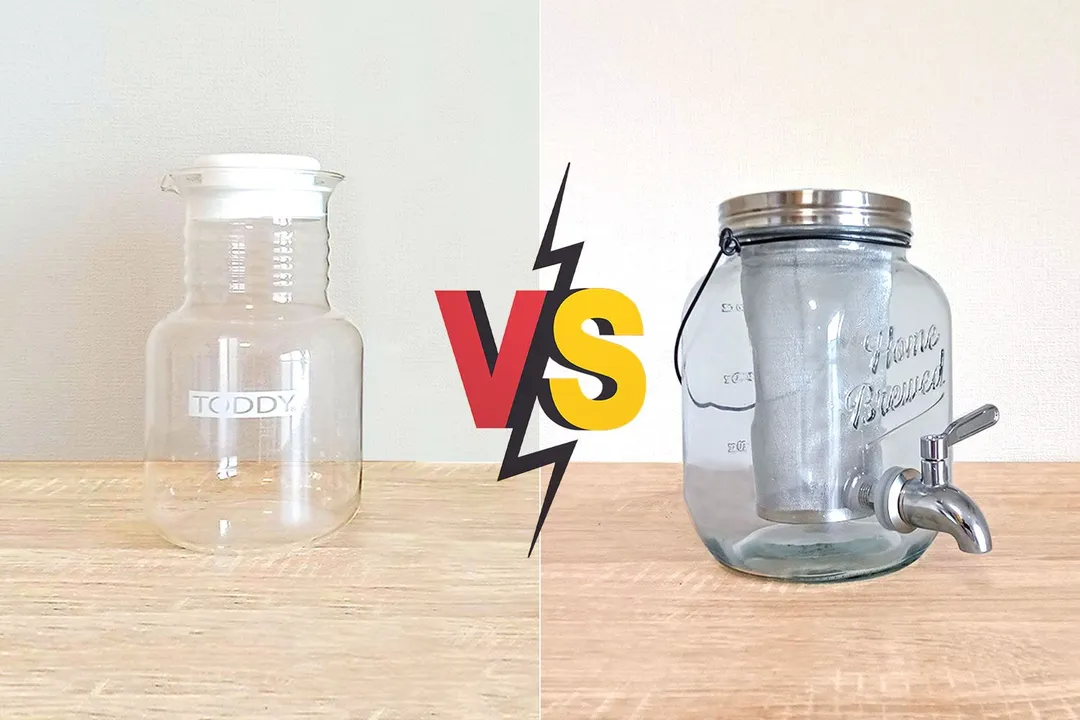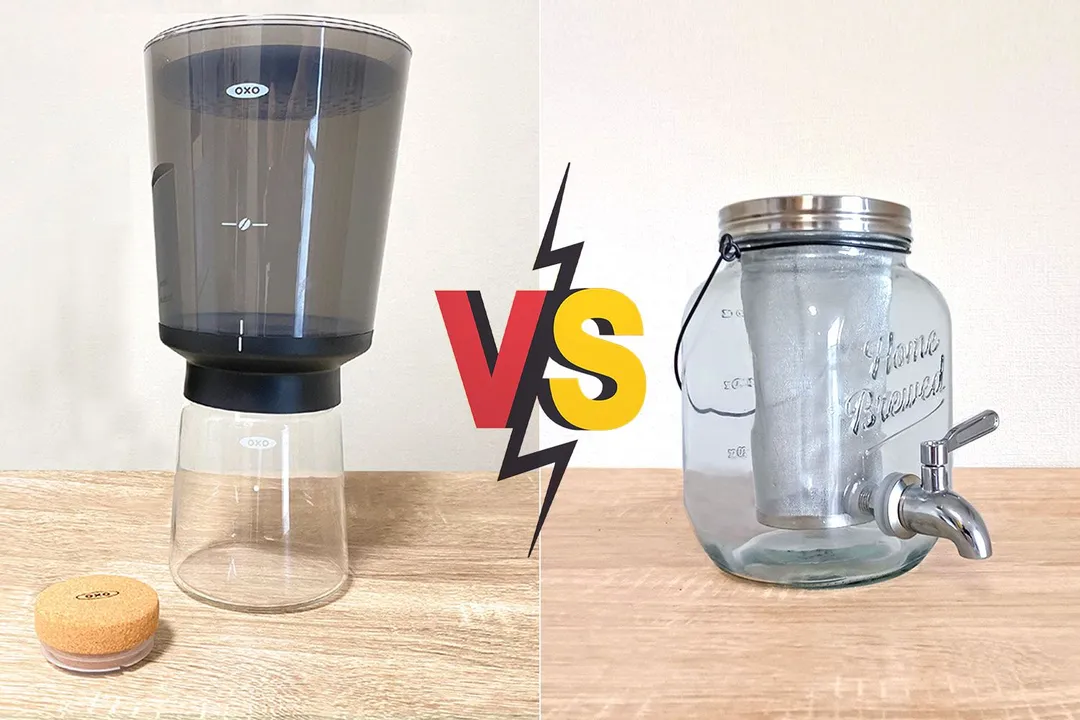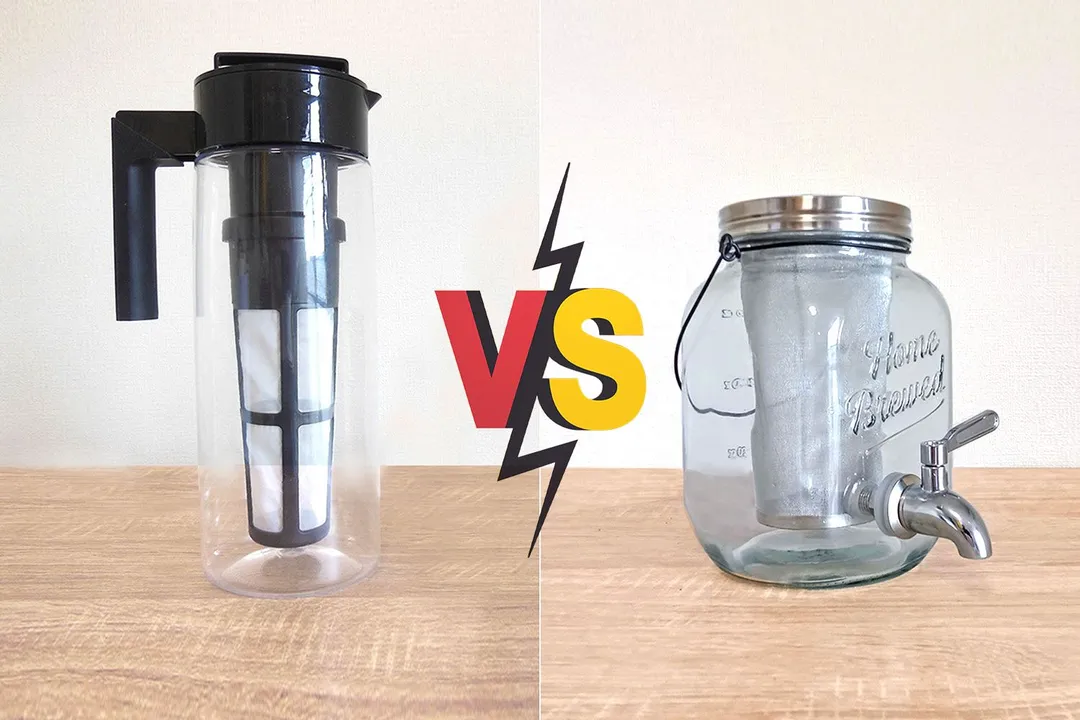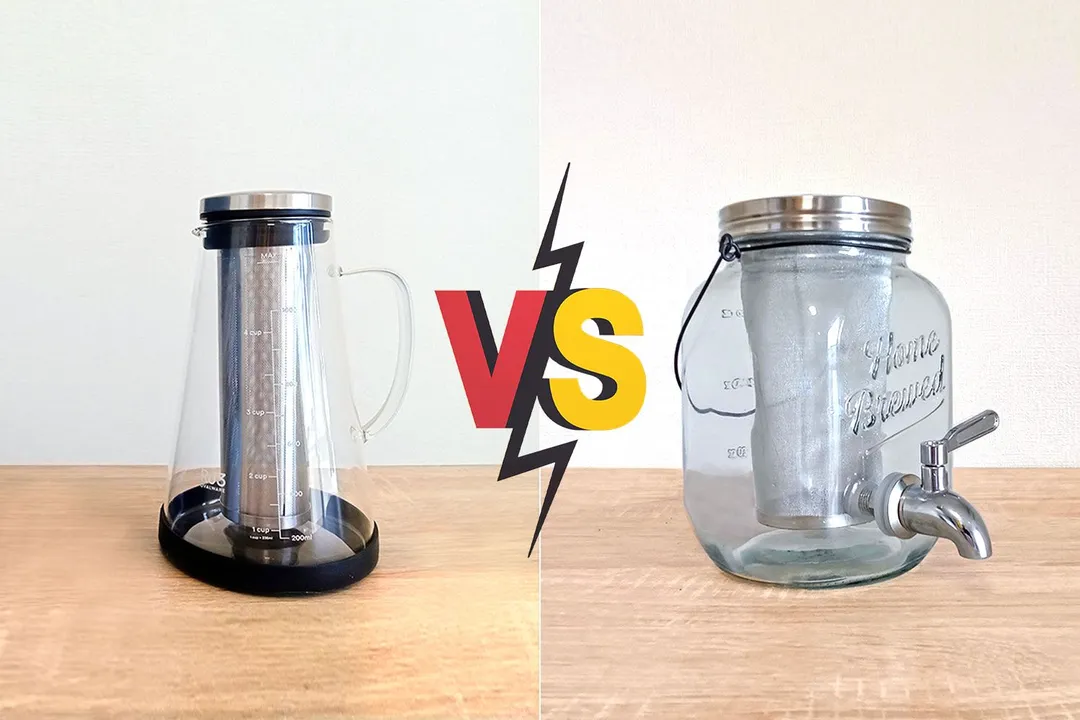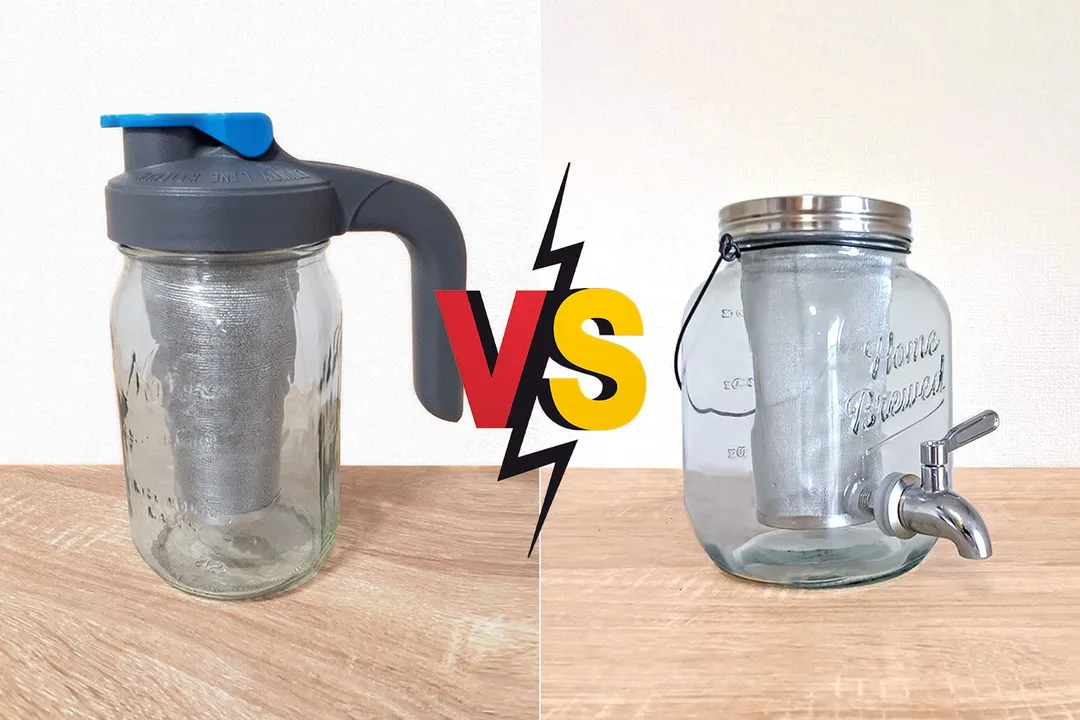Our recommendations are made independently through Research & Testing. We may receive commissions from purchases made via our links.
Bodum French Press vs Willow & Everett Side-by-Side Comparison
Bodum French Press cold brew coffee maker vs Willow & Everett mason jar. Two top brew quality players, but different techniques and results.
Bodum
Tested Using Methodology v1.0Willow & Everett 1 Gallon
Tested Using Methodology v1.0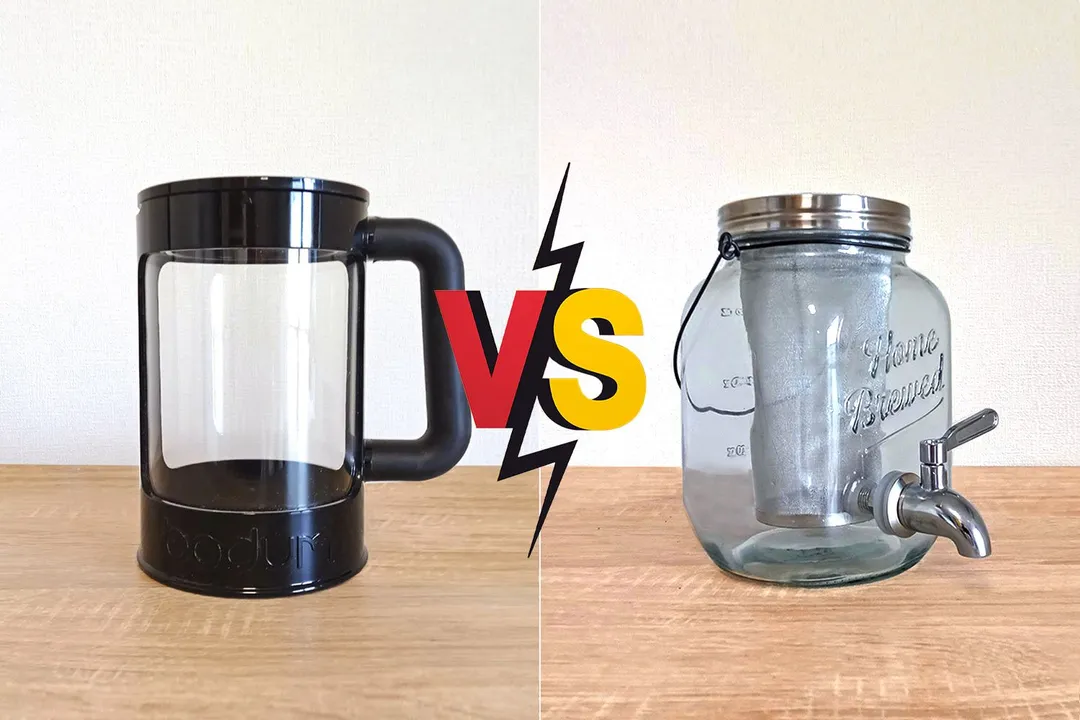
Overall Verdict
Bodum French Press and the Willow & Everett are two formidable cold brew coffee makers for their respective categories. The Bodum achieved our second highest brew score in the category of free-style brewers while Willow & Everett was rated as the best immersion filter brewer.
With the Bodum, you can adjust the brew ratio and yield quantity. Furthermore, the plunge filter produced excellent results. The Bodum, however, doesn’t provide a separate carafe if you want to completely decant the brew from the grounds.
With the Willow & Everett, you have to decant at least the remaining 20% of the liquid via the top. Other design oversights include the spigot and the poor quality of the lid. The Bodum, however, is far more durable, practical, and easier to care for.
Pros & Cons
- Light and durable
- Open/close spout
- Perfectly airtight
- Comfortable handle
- Freestyle brewing
- Made in Portugal
- Funky design
- Brew ratio
- Brew quality
- Tap dispenser
- Decanting can be tricky
- No measuring guides
- Lid design
- Weak glass around tap
- Tap is temperamental
- No literature
Key Specs
Where to Buy
*You help support HealthyKitchen101's product testing and reviews by purchasing from our retail partners.
Analysis and Test Results
Brew Quality
Bouquet
Drinkability

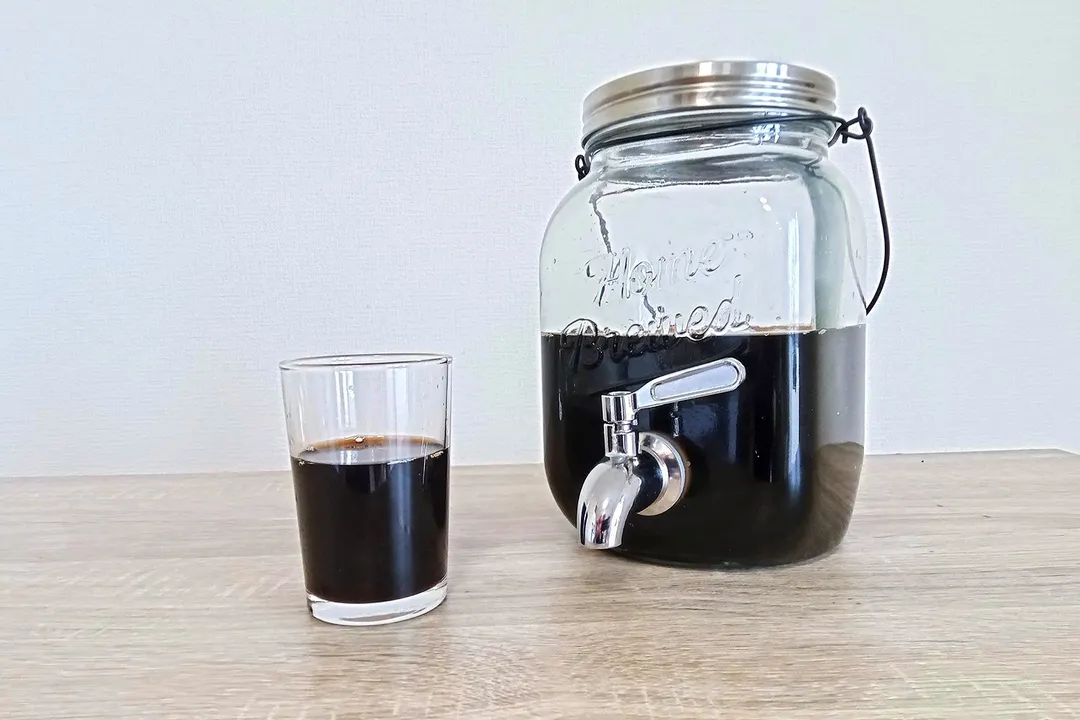
Sediment
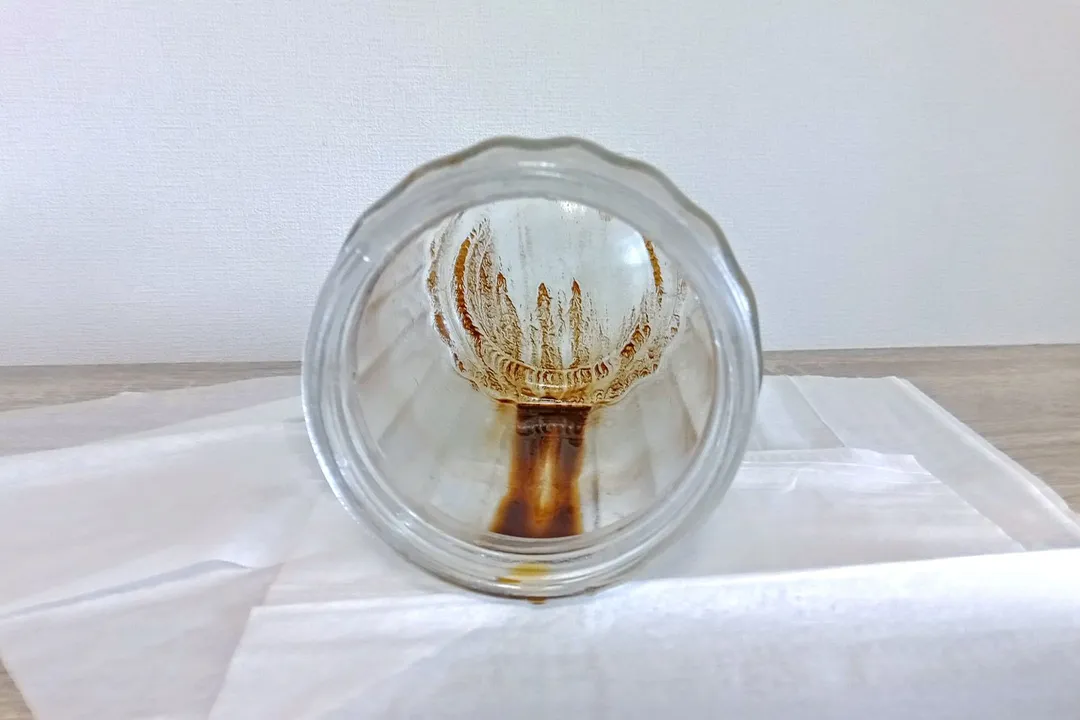
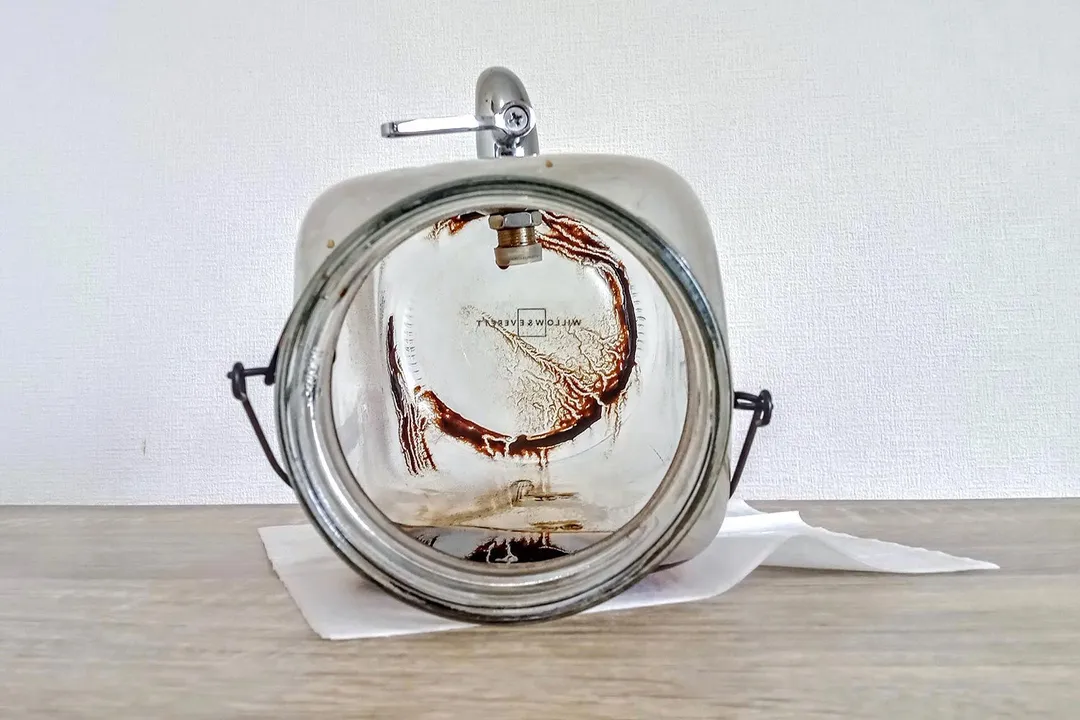
Design
In the Box
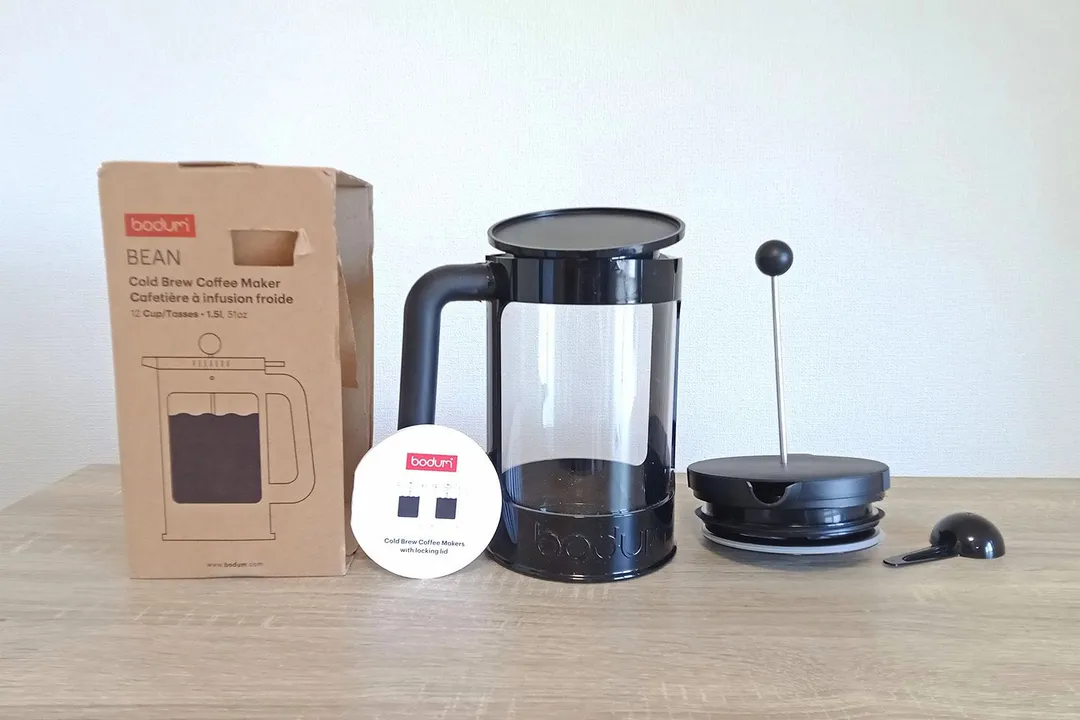

Decanter
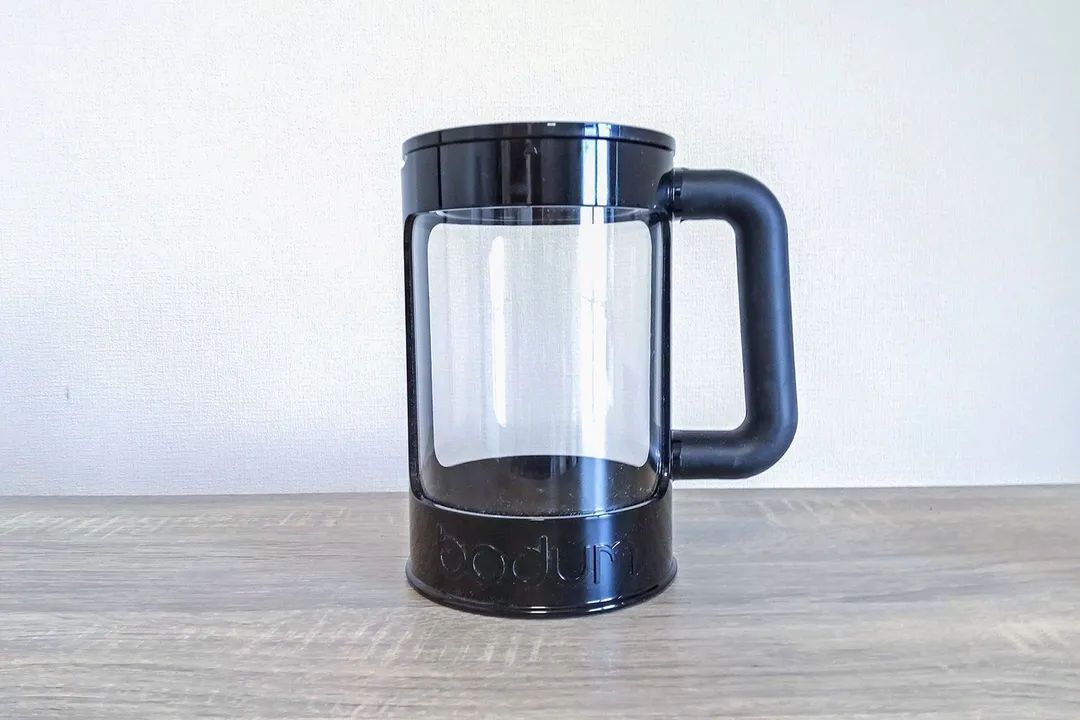
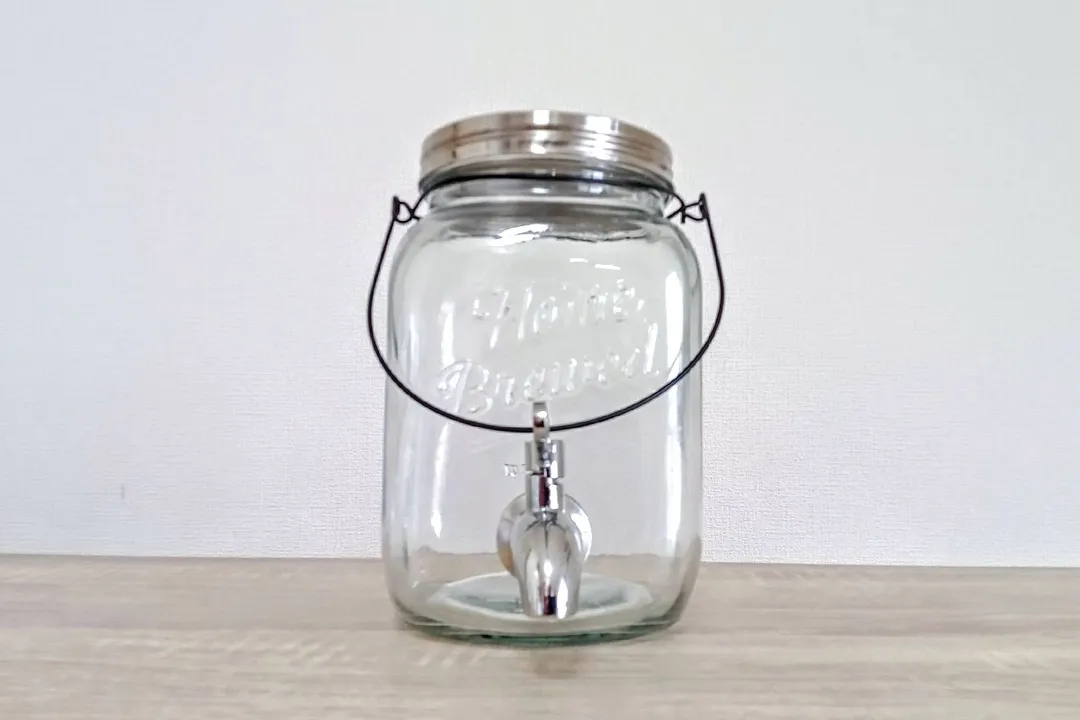
Stopper / Lid
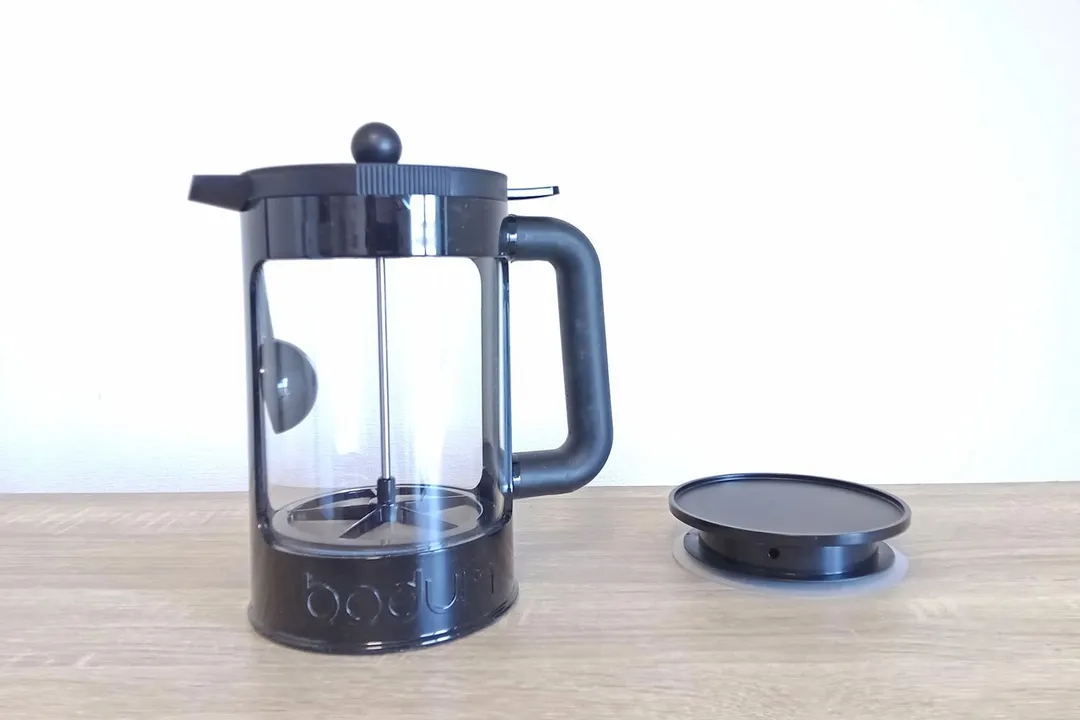

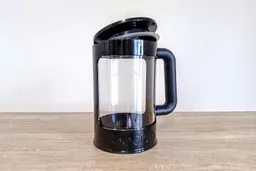

Filter
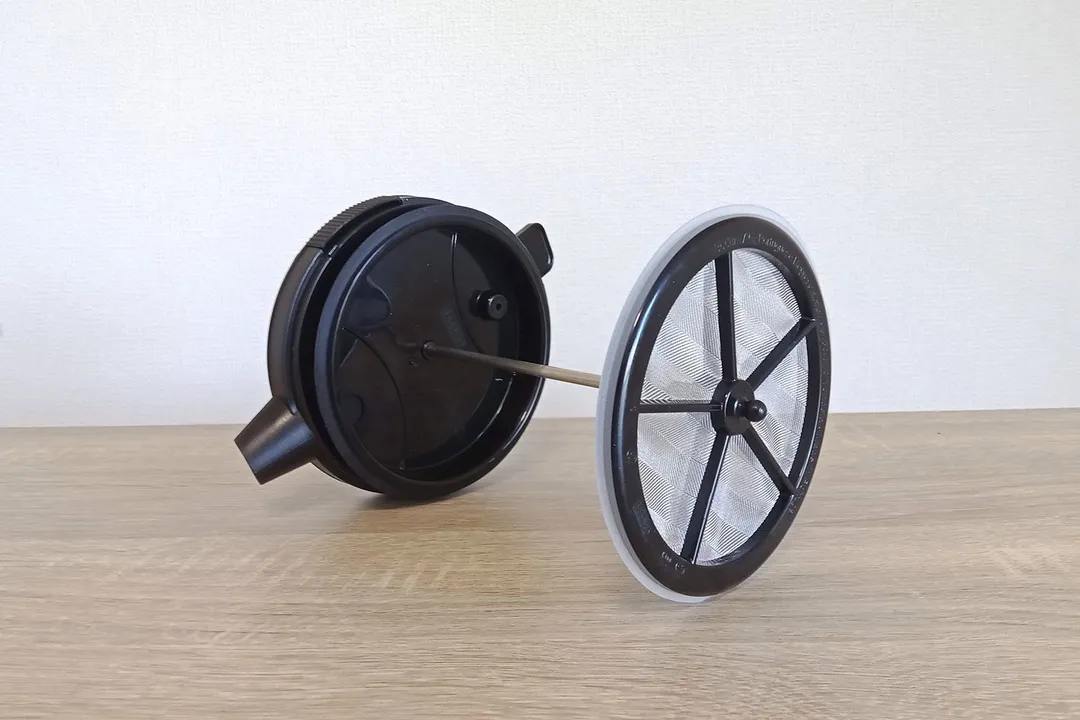

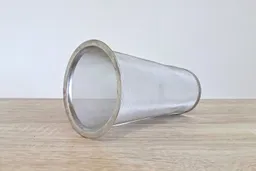

Build Quality
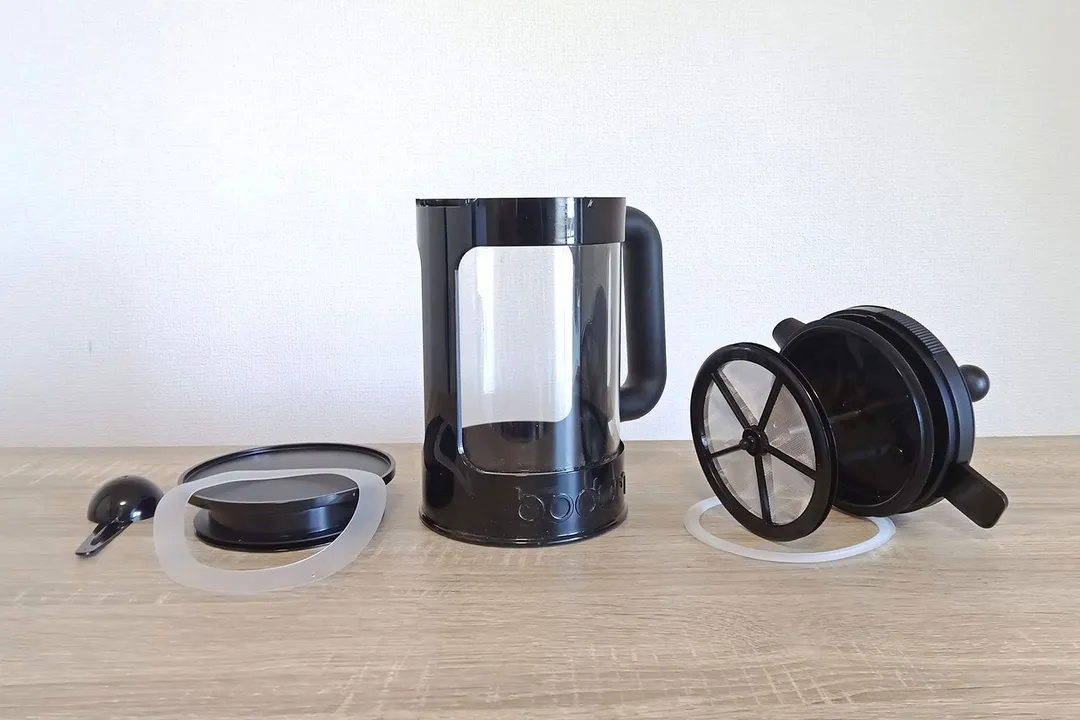

Usability
Brewing

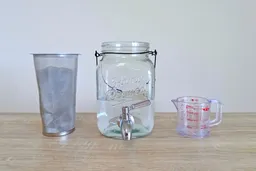

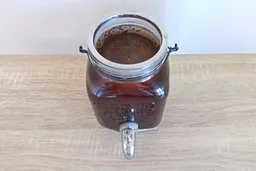
Decanting
Cleaning and Storage
Behind the Comparison
Roger Shitaki is a writer, author, and editor. His niches are household appliances, health & wellness, and travel. He’s a freelance contributor to a Tokyo lifestyle website and a leading ophthalmology magazine in Asia.

